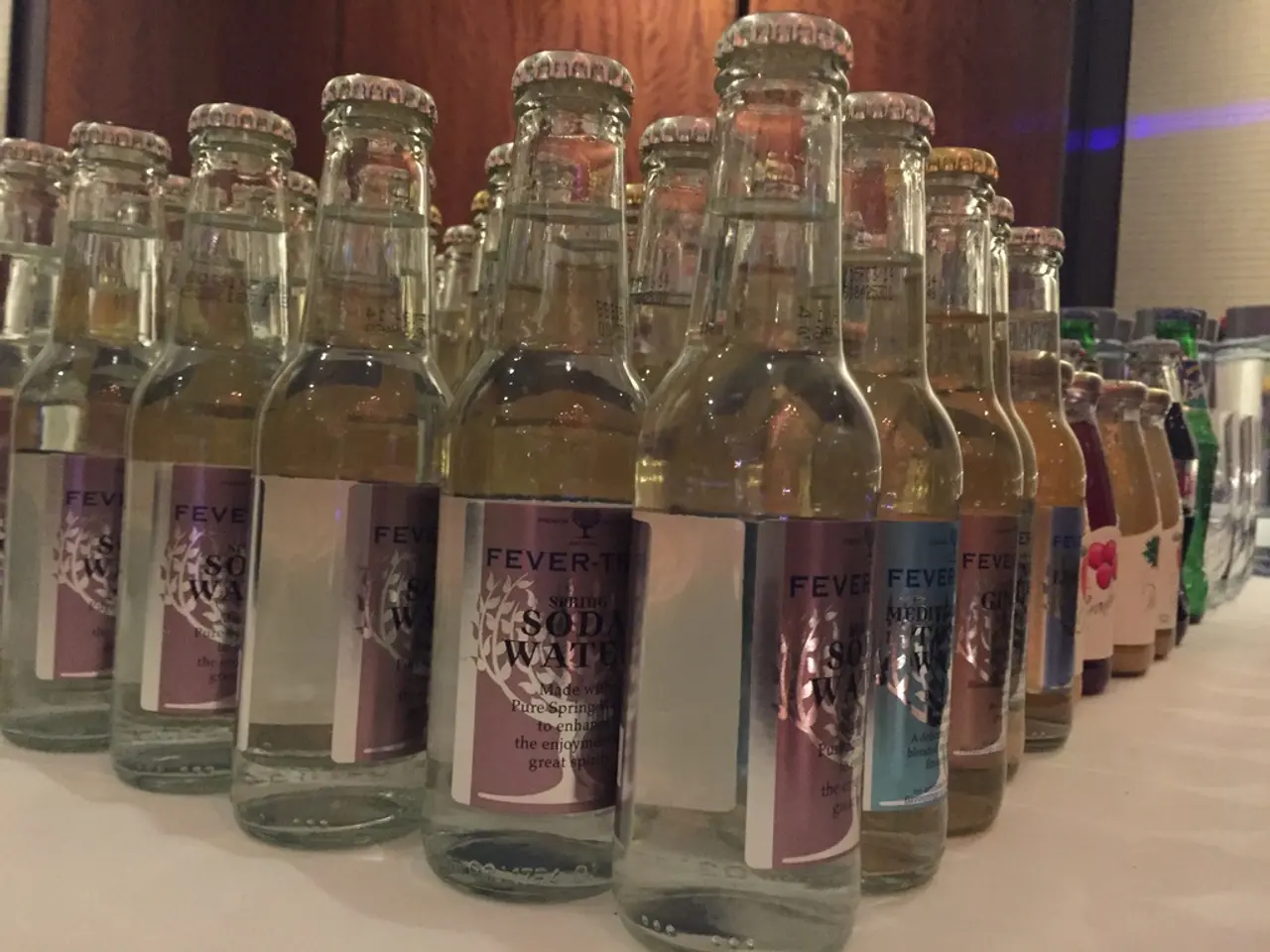Unruly Passengers Bypass Luggage Checks by Paying Up to €130 to Smuggle Their Belongings in Cargo
As the summer travel season approaches, passengers may find themselves in a confusing situation regarding the transport of liquids in their carry-on luggage. Despite the European Union's plans to remove the 100 ml liquid limit, as of summer 2023, the restriction remains in place across all European airports.
Gabriele Melluso, the president of Assoutenti, an Italian association representing the interests of airline passengers, has called for Enac (Ente Nazionale per l'Aviazione Civile) to publish an updated list on its website of airports that allow liquids over 100 ml in carry-on luggage. This move is intended to help passengers make informed decisions about their carry-on luggage and avoid unexpected costs or chaotic situations at the airports they will depart from or transit through this summer.
According to Melluso, some airports have already installed the new generation scanners that allow liquids in packages over 100 ml, up to a maximum of two liters. These scanners, such as the Hi-Scan 6040 CTix, can reliably detect liquid explosives inside carry-on luggage. However, not all airports have decided to apply the new rule, despite having the necessary scanners.
For instance, airports like Milan (Malpensa and Linate), Rome Fiumicino, Bologna, Turin, Dublin, Belfast, Edinburgh, Paris (Charles de Gaulle and Orly), London (Heathrow, Gatwick, Southend), Birmingham, Madrid, Palma de Mallorca, Düsseldorf, Cologne, Hamburg, Berlin, Frankfurt, Stuttgart, Munich, Prague, Bratislava, Sarajevo, Malta, and others have these advanced scanners installed.
However, it's important to note that not all airports have made a decision to enforce the new rule yet. Some continue to enforce the 100 ml limit, causing confusion for passengers who may find out at the last moment whether they can transport liquids over 100 ml in their carry-on luggage.
Airline companies like Vueling, WizzAir, Ryanair, Easyjet, and Ita also have different policies regarding checked baggage costs. Vueling's cost for checked baggage ranges between 40 and 75 euros, while WizzAir charges 70 euros for checked baggage. The cost of checked baggage at Ryanair ranges between 35.99 and 75 euros per flight, Easyjet charges 65 euros, and Ita's cost starts at 60 euros for domestic flights, 70 euros for European flights, and can go up to 130 euros for some destinations such as Japan, the United States, Brazil, and Thailand.
Melluso has denounced this situation as costly for passengers and aims to help them avoid unpleasant surprises at the airports they will depart from or transit through this summer. He wants passengers to be informed in advance of the possibility of transporting liquids over 100 ml in carry-on luggage and make conscious choices.
The European Union is preparing to remove the 100 ml liquid limit, but the change is scheduled to begin gradually around mid-2025, once advanced CT scanner technology is widely deployed and approved. Until then, passengers are advised to follow the current 100 ml liquid limit and check the specific rules of the airports they will be travelling through.
The updated list published by Enac, as suggested by Gabriele Melluso, would provide passengers with a clear understanding of the airports that allow liquids over 100 ml in carry-on luggage, helping them make informed decisions and avoid last-minute confusion. However, some airports are yet to make a decision to enforce the new rule, which means some passengers might still encounter the 100 ml liquid limit during their summer travel season.




